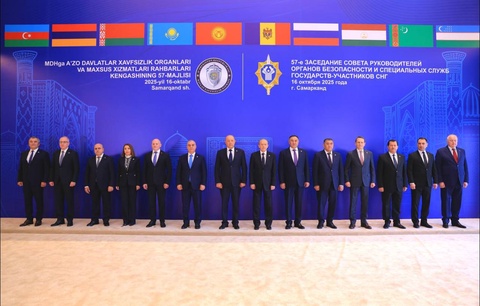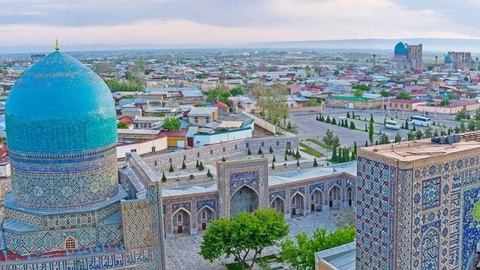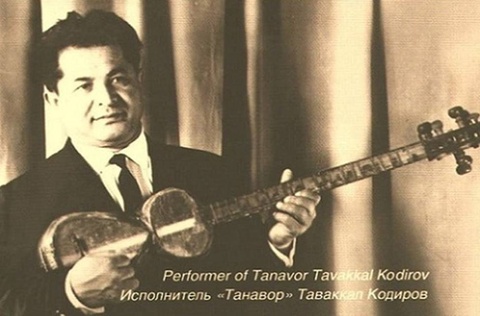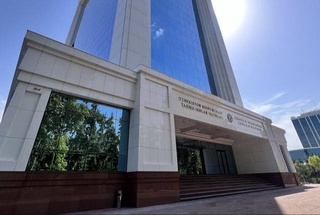The RIA FAN reports that, the secret of making paper was known in ancient times. The Chinese were the first to make paper, but they kept the whole background of production in the strictest secrecy. In the VIII century, the technology was adopted by artisans from Samarkand, this Uzbek city became a Central Asian center for the production of silk paper.
"We learned how to make paper from the Chinese and began exporting it along the Great Silk Road. And even when they found out about Chinese paper, Samarkand paper was still in the lead, because the Chinese paper was one-sided," said Sanjar Mukhtarov, an employee of the factory.
Samarkand paper was in great demand because of its smoothness and color, but its main feature was durability. Most of the documents written on Samarkand silk paper are still kept in many museums around the world.
"We decided to revive the technology of Samarkand paper. Firstly, because it's interesting, secondly, now people are running out of silk paper supplies. Many artists had stocks, and now they tear up old books to paint in miniature, because they need handmade paper”.
The production of the material is an energy-consuming and time-consuming process. As a raw material, the masters use young mulberry bark, which is boiled in water for a long time. Then the raw materials are beaten off in large mortars, and the resulting homogeneous mass is moved to a tub of water and filtered through a sieve. After that, the mass is pressed on sheets of non-woven fabric.
"From the paper itself, we prepare bags, bags, clothes, postcards, calendars, wallets, notebooks, wallets, passport covers, dolls, masks, various dishes, envelopes. What else is possible? Do embroidery on paper. That is, a lot of different things are made from paper," Mukhtarov explained.
To reproduce the complex process of making silk material, the factory employees needed to participate in trainings with fellow craftsmen from China, Japan and India.













